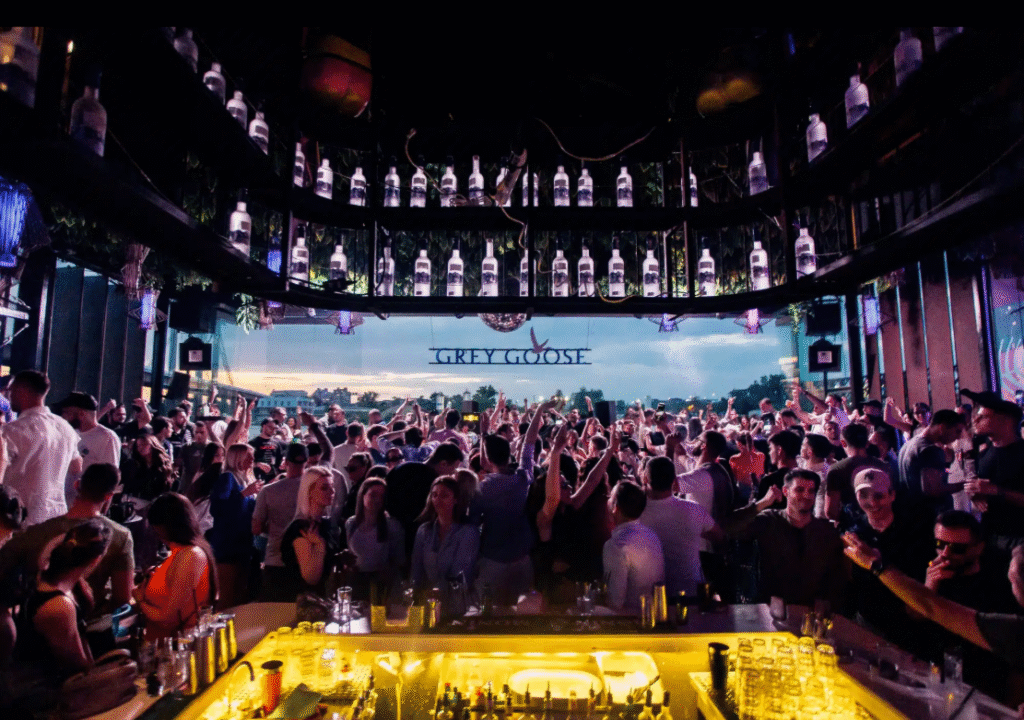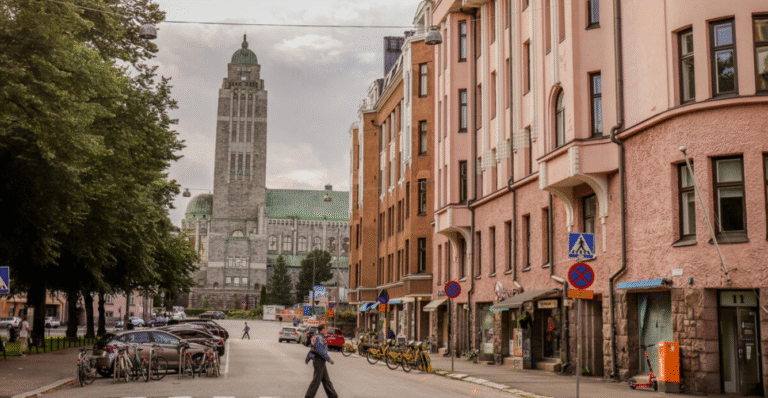Belgrade’s Bold Spirit: Serbia’s Capital of History, Nightlife, and River Life
Belgrade, the capital of Serbia, is a city that thrives on contrasts and reinvention. Perched at the confluence of the Sava and Danube rivers, it has long been a meeting point of civilizations, empires, and cultural influences. With a history stretching back over two millennia, Belgrade has been destroyed and rebuilt countless times, yet it continues to stand strong, exuding a raw energy that captivates visitors. From its Ottoman and Austro-Hungarian influences to its socialist-era monuments and modern creative scene, Belgrade is a city that refuses to be defined by a single identity. It is a place where history is felt in its fortress walls, where nightlife pulses through underground clubs, and where rivers provide a tranquil escape from urban chaos. Whether exploring its ancient streets, indulging in its café culture, or experiencing its legendary nightlife, visitors will find that Belgrade is a city with an unbreakable spirit and an undeniable charm.
A City of Conquerors: The Layers of Belgrade’s History
Belgrade’s history is a story of resilience, shaped by countless empires and invaders. The city’s strategic position at the crossroads of Europe has made it a coveted stronghold for centuries, resulting in a rich and complex past.
The most iconic historical site in Belgrade is Kalemegdan Fortress, an imposing structure that overlooks the confluence of the Sava and Danube rivers. Originally built by the Romans, the fortress has been expanded and modified by Byzantines, Ottomans, and Austro-Hungarians. Today, it stands as an open-air museum, offering breathtaking views of the rivers and a glimpse into Belgrade’s military past. Within its walls, visitors can explore ancient gates, medieval towers, and the Victor Monument, a symbol of Serbia’s triumphs and struggles.
Beneath the fortress, the city’s underground history unfolds in a network of hidden tunnels, dungeons, and Roman ruins. The Belgrade Underground Tour takes visitors through forgotten bunkers, secret passageways, and ancient wine cellars, revealing the city’s shadowy past and the stories of spies, resistance fighters, and rulers who once walked its corridors.
Belgrade’s religious and cultural heritage is equally diverse. The Church of Saint Sava, one of the largest Orthodox churches in the world, dominates the skyline with its striking white marble facade and golden domes. Built to honor the founder of the Serbian Orthodox Church, the church’s interior is still a work in progress, but its sheer size and spiritual significance make it one of the city’s most awe-inspiring landmarks.
Nearby, the Ottoman-era Bajrakli Mosque stands as a reminder of Belgrade’s centuries under Ottoman rule. One of the few remaining mosques in the city, it contrasts with the grand Catholic and Orthodox churches that dot the urban landscape, showcasing the city’s multicultural influences.

The Nightlife Capital of the Balkans: Clubs, Cafés, and Underground Culture
Belgrade’s nightlife is legendary, often described as the best in the Balkans and one of the most vibrant in Europe. Unlike many European capitals, where nightlife is concentrated in one or two districts, Belgrade’s entertainment scene is spread throughout the city, offering something for every taste and style.
The city’s famous floating clubs, known as splavovi, line the banks of the Sava and Danube rivers. These party boats transform into lively nightclubs, where DJs spin electronic beats, live bands play Serbian turbofolk, and revelers dance until dawn. Clubs like Freestyler, River, and Lasta attract both locals and international visitors, creating an electric atmosphere that defines Belgrade’s after-dark culture.
For those seeking a more alternative or underground experience, Cetinjska Street has become the epicenter of Belgrade’s bohemian nightlife. Once an industrial complex, the area has been transformed into a hub of eclectic bars, live music venues, and art spaces. Places like Elektropionir and Polet showcase Belgrade’s indie music scene, while hidden speakeasies and rooftop bars offer intimate settings for cocktails and conversation.
Cafés are an equally important part of Belgrade’s social fabric. The city’s café culture is deeply ingrained, with locals spending hours sipping espresso and engaging in animated discussions. Kafanas, traditional Serbian taverns, offer a more rustic and nostalgic experience, where guests can enjoy rakija (fruit brandy) while listening to live folk music. Skadarlija, Belgrade’s bohemian quarter, is the best place to experience this old-world charm, with its cobblestone streets, candlelit restaurants, and lively atmosphere reminiscent of 19th-century artists’ haunts.

Life Along the Rivers: Belgrade’s Natural Beauty and Escape
Despite its urban energy, Belgrade is a city that embraces its rivers as places of relaxation and recreation. The Sava and Danube rivers provide a natural escape from the city’s fast-paced lifestyle, offering countless opportunities for outdoor activities and waterfront dining.
Ada Ciganlija, an island-turned-peninsula on the Sava River, is Belgrade’s favorite summer retreat. Known as the “Belgrade Sea,” it boasts a large artificial lake, sandy beaches, and lush green spaces. In the warmer months, locals flock to Ada Ciganlija for swimming, kayaking, cycling, and sunbathing, while lakeside cafés and restaurants serve up traditional Serbian dishes with stunning water views.
Zemun, a historic neighborhood along the Danube, offers another picturesque riverside escape. Once a separate town under Austro-Hungarian rule, Zemun has retained its distinct charm, with colorful baroque houses, a scenic waterfront promenade, and the towering Gardos Tower, which provides panoramic views of the river and city beyond. The area is also known for its seafood restaurants, where fresh fish from the Danube is prepared using centuries-old recipes.
For a unique river experience, visitors can take a boat cruise along the Danube and Sava, exploring Belgrade from a different perspective. Whether enjoying a sunset sail or a guided tour of the city’s waterfront history, the rivers offer a tranquil contrast to Belgrade’s energetic streets.
Belgrade is a city that defies expectations, offering a dynamic mix of history, culture, and modern energy. Its ancient fortress and historic churches tell the story of a city that has withstood centuries of upheaval, while its lively nightlife and café culture showcase its contemporary spirit. The rivers, ever-present in Belgrade’s daily life, provide both a playground for adventure and a space for relaxation. With its bold character, warm hospitality, and unbreakable resilience, Belgrade stands as a capital that embraces its past while constantly reinventing itself. For those seeking a city that is both raw and refined, traditional and cutting-edge, Belgrade offers an unforgettable experience in the heart of the Balkans.






